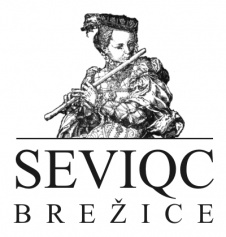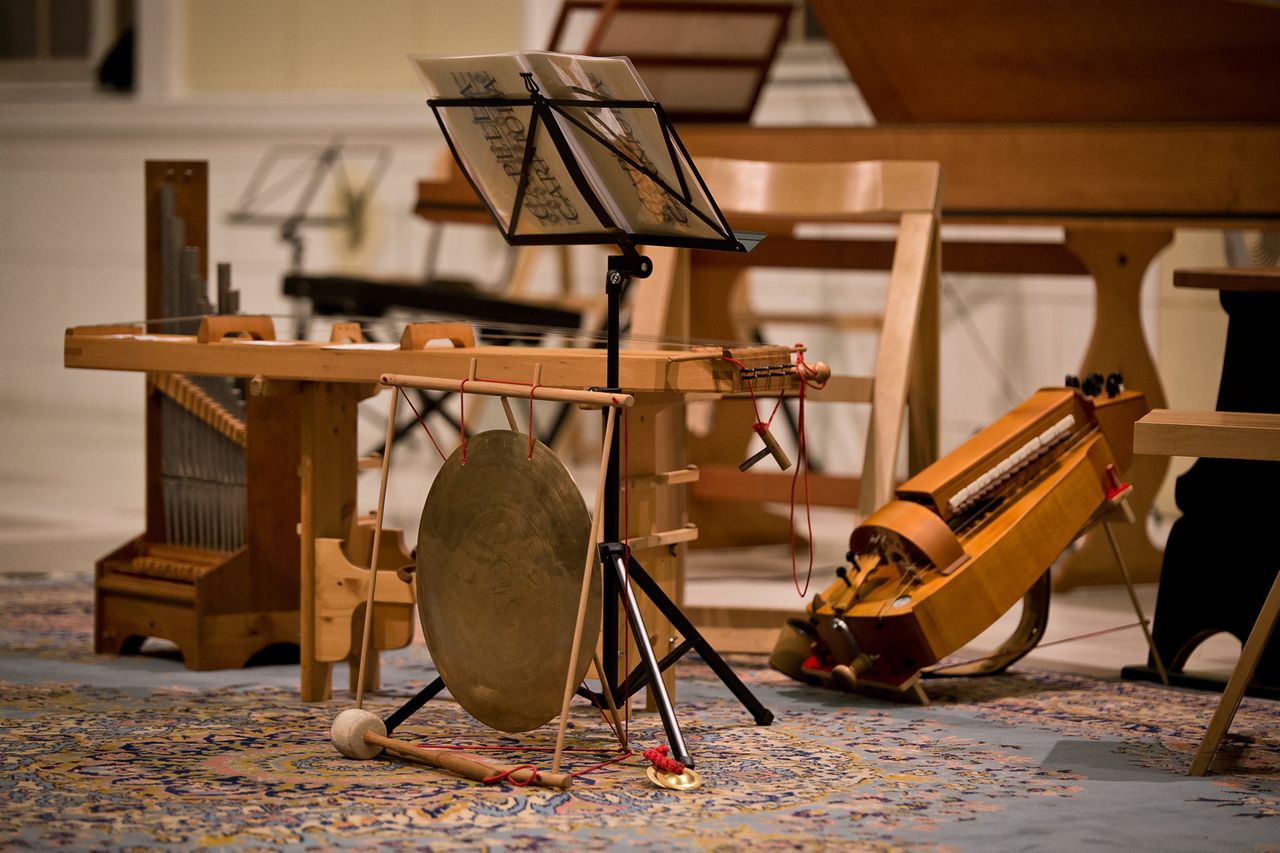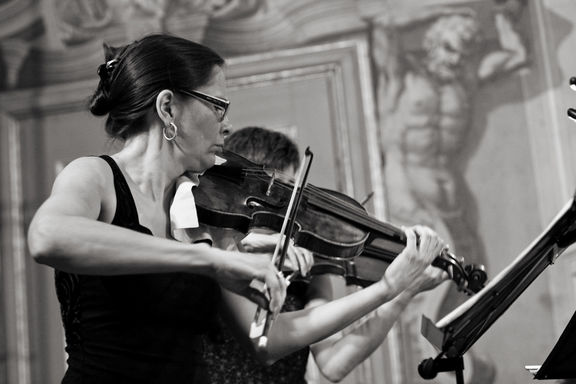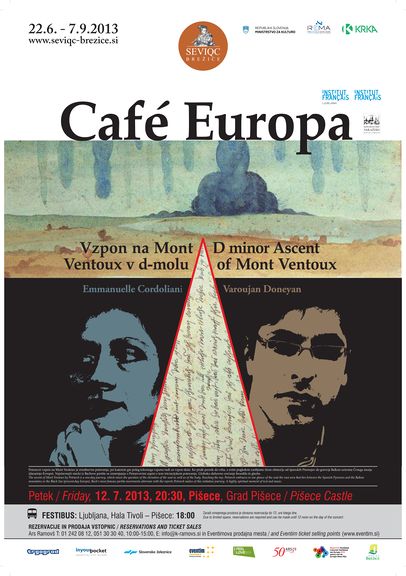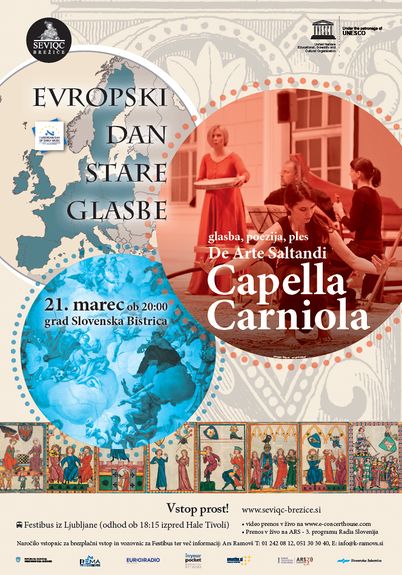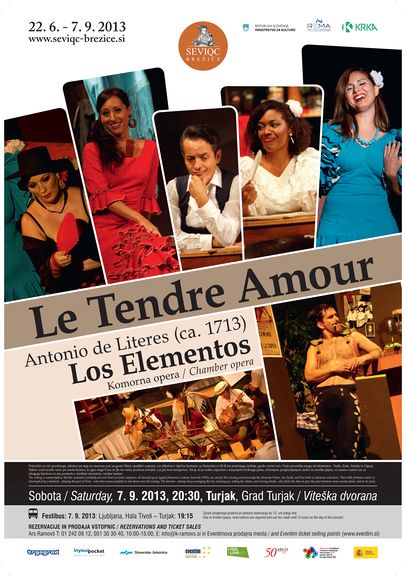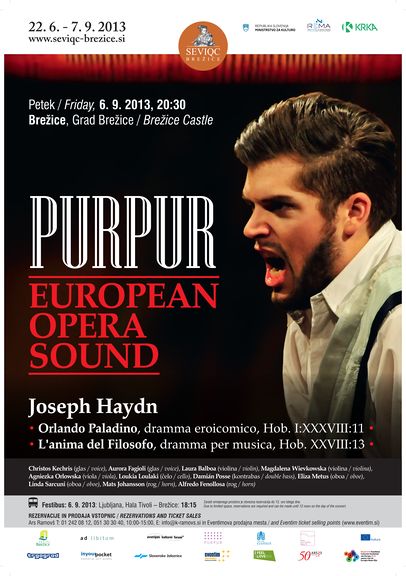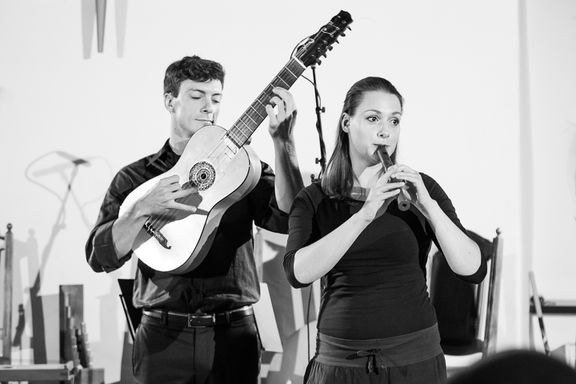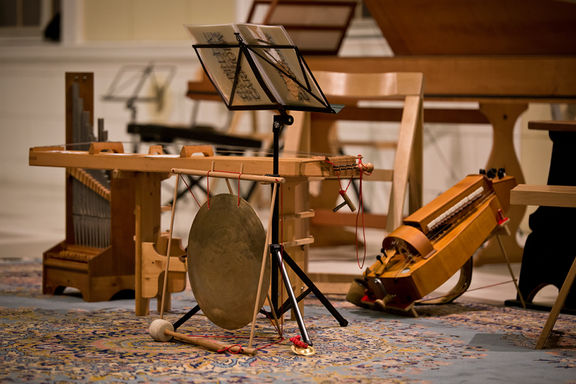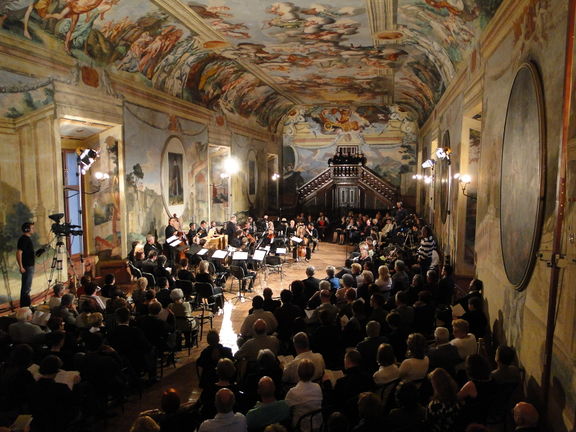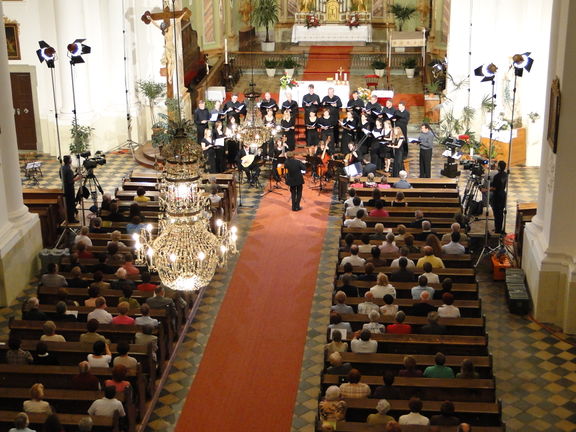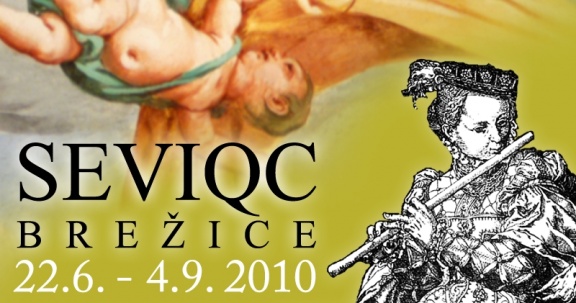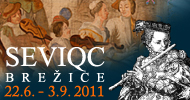Difference between revisions of "Seviqc"
(Created page with '{{Infobox |Street address=Ars Ramovš, Zavod za umetnost, marketing, promocijo in investiranje, Slovenska cesta 1, SI-1000 Ljubljana, Slovenia |Telephone=386 (0) 41 674060 |Fax=3...') |
|||
| (139 intermediate revisions by 11 users not shown) | |||
| Line 1: | Line 1: | ||
| + | {{Article | ||
| + | | status = WRITING TOPROOFREAD NIFERTIK! | ||
| + | | maintainer = Michael Jumic | ||
| + | }} | ||
| + | |||
{{Infobox | {{Infobox | ||
| − | | | + | |name = Seviqc Brežice Festival |
| − | | | + | |localname = Seviqc Brežice Festival |
| − | + | |logo = Seviqc Brežice Festival (logo).JPG | |
| − | | | + | |street = Slovenska cesta 1 |
| − | | | + | |town = SI-1000 Ljubljana |
| − | | | + | |telephone = 386 (0) 1 242 0812, 386 (0) 51 303 040 |
| − | |Contact=Klemen Ramovš Director | + | |email = info@k-ramovs.si |
| − | | | + | | frequency = annual |
| − | | | + | |dates and duration = June - September (mostly July - August) |
| − | | | + | |duration weeks = 25,26,27,28,29,30,31,32,33,34,35 (2012) 13,25,26,27,28,29,30,31,32,33,34,35,36,39,44 (2013) 25,26,27,28,29,30,31,32,33,34,35,36 (2014) |
| + | |festival dates = 22.6.2015 - 11.11.2015, 22.6.2016 - 29.10.2016, 21.3.2017, 10.7.2017 - 1.12.2017, 20.6.2018 - 25.8.2018, 14.8.2019 - 24.8.2019, 8.8.2020 - 22.8.2020, 7.8.2021 - 23.8.2021, 12.8.2022 - 17.8.2022, 12.8.2023 - 22.8.2023, 9.8.2024 - 23.8.2024 | ||
| + | |website = http://www.seviqc-brezice.si/ | ||
| + | |organised by = Ars Ramovš | ||
| + | |contacts = | ||
| + | {{Contact | ||
| + | |name = Klemen Ramovš | ||
| + | |role = Director | ||
| + | |telephone = | ||
| + | |email = info@k-ramovs.si | ||
| + | }} | ||
| + | | accounts = | ||
| + | http://twitter.com/SeviqcBrezice | ||
| + | http://www.facebook.com/Seviqc.Brezice.Festival | ||
| + | https://www.youtube.com/user/SeviqcBrezice/videos | ||
| + | https://www.instagram.com/seviqcbrezice | ||
| + | }} | ||
| + | |||
| + | {{Teaser | ||
| + | |image=Seviqc Brežice Festival 2013 European Day of Early Music.jpg | ||
| + | | | ||
| + | |||
| + | Today, the [[Seviqc Brežice Festival|Seviqc Festival]] is synonymous with early music in Slovenia. Over four decades, it has solidified its reputation both domestically and internationally. At home, it is considered a crucial national development programme and one of the most significant cultural events. Globally, it is renowned as an exceptional and highly esteemed event, garnering acclaim from artists, producers, critics, the business world, and music enthusiasts alike. | ||
| + | |||
| + | The Seviqc festival exclusively features world-class artists performing top-tier programmes of the highest quality. The festival places great emphasis on cultivating the local early music scene and fostering connections between Slovenian and international musicians. Through diverse programmes sections, it offers a comprehensive exploration of European and world musical heritage from the Middle Ages to the early 20th century. Emphasizing the living nature of art, as reflected in the festival’s motto “SEmper VIva Quam Creata” or “always alive as created,” the Seviqc programme is meticulously crafted according to historical performance practices and exclusively presented in Slovenian cultural heritage sites. | ||
| + | |||
}} | }} | ||
| + | ==Background== | ||
| + | |||
| + | The [[Seviqc Brežice Festival|Seviqc Festival]] originated in Radovljica in 1982 but relocated to Brežice in 1997 due to insufficient support. Since then, it has expanded significantly across Slovenia. Unfortunately, archives from the initial years (1982-1996) are lost, but detailed statistics are available from 1997 onwards. | ||
| + | |||
| + | Between 1997 and 2023, the programme has engaged 2,301 performers from 54 countries in 5,187 performances across 134 Slovenian venues, with 109 of these being historical sites. While 25.35% of performers held Slovenian citizenship, they accounted for 22.63% of performances. | ||
| + | |||
| + | The Seviqc festival promotes gender equality. Rather than selecting artists based on gender, the programme focuses on the merit of proposals. Consequently, the early music scene represented at the festival exhibits a balanced gender ratio, serving as a model for other fields. Statistics indicate that 50.11% of performers and 51.44% of performances were by women. | ||
| + | |||
| + | The festival has achieved significant recognition, becoming a member of REMA in 2003 and earning the EFFE label in 2015, which has been renewed for 2024-2025. Since 2014, the Slovenian Academy of Sciences and Arts has served as the festival's honorary patron, a role confirmed for 2024. | ||
| + | |||
| + | The Seviqc festival's development is rooted in three core pillars: early music, cultural heritage, and cultural tourism. Efforts include fostering Slovenian talent, connecting domestic and international artists, presenting top-tier international performances, and integrating educational components. The festival prioritizes showcasing performances in culturally significant venues to promote Slovenia's heritage. With a focus on cultural tourism, the festival attracts a significant number of visitors from other regions. In 2023, 82.2% of attendees were from outside the local area, exceeding the 2014-2023 average of 71.7%. To increase visitor numbers, the festival is developing tourist packages, particularly targeting Celje, a city with excellent rail connections to Ljubljana and Maribor. | ||
| + | |||
| + | Accessibility is a key concern. The festival offers numerous free events, benefits for members of the Festival Lady Friends Club, family packages, free admission for companions with reduced mobility, and group discounts. | ||
| + | |||
| + | |||
| + | ==Venues== | ||
| + | All festival venues are integral parts of Slovenia's architectural and cultural heritage, primarily comprising castles and churches. Reflecting the festival's strong commitment to cultural decentralization and regionalization, its events span nearly the entire country. In 2024, the Seviqc programme will take place at Bogenšperk, Celje, and Sneženik Castles, the Old Counts' Mansion, the National Hall, and the Cathedral Church of St. Daniel in Celje, as well as the city's music school and public library, at Devil's Tower in Soteska, and the Cultural and Congress Center in Dolenjske Toplice. | ||
| − | + | {{YouTube|9koKl_vfYhQ}} | |
| − | + | ==Programme== | |
| − | + | The main objective of the [[Seviqc]] festival is to revitalize the Early Music scene in Slovenia. Additional goals include stimulating cultural tourism, fostering Early Music departments at Slovene conservatories and the [[Academy of Music]], and elevating the overall level of professional music. The festival actively participates in the European Day of Early Music (EDEM) concerts programme, held annually on March 21st throughout Europe under the auspices of REMA - European Early Music Network and UNESCO. | |
| − | + | The Seviqc programme caters to both the general public and professional music critics and audiences. [[Radio Slovenia]] records selected festival concerts, broadcasting them throughout the year in the ''Banchetto Musicale: Brežice after Brežice'' programme. Since 1997, one or two concerts per year are also recorded for Slovenia's national television station, [[Televizija Slovenija]]. Several festival editions are available on CD. | |
| − | + | Beyond hosting hundreds of renowned individual artists, the festival has presented world-class ensembles such as Accademia di Musica Antica Bolzano (IT), Accademia Daniel Israel (IL), Adel Singers (NO), and many others. | |
| − | |||
| − | + | {{Image|Seviqc Brežice Festival 2013 Accentus Austria.jpg}} | |
| − | + | The 2015 programme featured a diverse lineup, including musica cubicularis (SI), XVIII-21, Le Baroque Nomade (FR), and ensembles like Camerata Bachiensis (DE), Faenza (FR), and Académie baroque européenne d’Ambronay (FR). | |
| − | The | + | The festival offers substantial ticket discounts to students, low-income individuals, families, and members of various Slovene societies and associations. Additionally, all events held in churches have free admission. Each concert is complemented by exquisite wine tastings and occasional special events. |
| − | + | ==International cooperation== | |
| − | Since its inception in the | + | Since its inception in 1982, the Seviqc programme has incorporated international cultural elements. Until 2008, the festival partnered with a different European country each year. Collaborations included Great Britain (2000), the Netherlands (2001 and 2004), the Czech Republic (2002), the European Union (2003), France (2005 and 2008), Italy (2006), and Spain (2007). The festival maintains ongoing collaborations with various European countries and their embassies. |
| − | Radio Slovenia | + | A member of REMA (''Réseau Européen de Musique Ancienne'') since 2003, Seviqc facilitates the exchange of festival recordings with Radio Slovenia through the European Broadcasting Union (EBU). |
| − | + | The festival's producer, [[Ars Ramovš]], has been involved in numerous European partnerships and projects, including the Student Festival and Evromreža (1998-2004), Debut Junger Sänger (2003-2004), ZABAF (2004-2006), a co-production with the Festival Toscano di Musica Antica (2006-2008), the ''PurPur project'' (2011-2014), and the ''eeemerging project'' (2014-2018). | |
| − | == | + | ==See also== |
| − | + | * [[Ars Ramovš]] | |
| + | |||
| + | ==External links== | ||
| + | |||
| + | * [https://www.seviqc-brezice.si/?lang=en Seviqc website] | ||
| + | * [https://www.rema-eemn.net/about/ REMA (Réseau Européen de Musique Ancienne/European Early Music Network) website] | ||
| + | * [https://www.festivalfinder.eu/festivals FestivalFinder.eu] | ||
| + | * [https://www.youtube.com/user/SeviqcBrezice/videos The Seviqc channel on YouTube] | ||
| + | |||
| + | {{gallery}} | ||
[[Category:Music]] | [[Category:Music]] | ||
| − | |||
[[Category:Festivals]] | [[Category:Festivals]] | ||
| − | [[Category:Music | + | [[Category:Festivals in June]] |
| − | + | [[Category:Festivals in July]] | |
| − | [[Category: | + | [[Category:Festivals in August]] |
| + | [[Category:Music festivals]] | ||
| + | [[Category:Intangible heritage]] | ||
Latest revision as of 08:40, 9 August 2024
Background
The Seviqc Festival originated in Radovljica in 1982 but relocated to Brežice in 1997 due to insufficient support. Since then, it has expanded significantly across Slovenia. Unfortunately, archives from the initial years (1982-1996) are lost, but detailed statistics are available from 1997 onwards.
Between 1997 and 2023, the programme has engaged 2,301 performers from 54 countries in 5,187 performances across 134 Slovenian venues, with 109 of these being historical sites. While 25.35% of performers held Slovenian citizenship, they accounted for 22.63% of performances.
The Seviqc festival promotes gender equality. Rather than selecting artists based on gender, the programme focuses on the merit of proposals. Consequently, the early music scene represented at the festival exhibits a balanced gender ratio, serving as a model for other fields. Statistics indicate that 50.11% of performers and 51.44% of performances were by women.
The festival has achieved significant recognition, becoming a member of REMA in 2003 and earning the EFFE label in 2015, which has been renewed for 2024-2025. Since 2014, the Slovenian Academy of Sciences and Arts has served as the festival's honorary patron, a role confirmed for 2024.
The Seviqc festival's development is rooted in three core pillars: early music, cultural heritage, and cultural tourism. Efforts include fostering Slovenian talent, connecting domestic and international artists, presenting top-tier international performances, and integrating educational components. The festival prioritizes showcasing performances in culturally significant venues to promote Slovenia's heritage. With a focus on cultural tourism, the festival attracts a significant number of visitors from other regions. In 2023, 82.2% of attendees were from outside the local area, exceeding the 2014-2023 average of 71.7%. To increase visitor numbers, the festival is developing tourist packages, particularly targeting Celje, a city with excellent rail connections to Ljubljana and Maribor.
Accessibility is a key concern. The festival offers numerous free events, benefits for members of the Festival Lady Friends Club, family packages, free admission for companions with reduced mobility, and group discounts.
Venues
All festival venues are integral parts of Slovenia's architectural and cultural heritage, primarily comprising castles and churches. Reflecting the festival's strong commitment to cultural decentralization and regionalization, its events span nearly the entire country. In 2024, the Seviqc programme will take place at Bogenšperk, Celje, and Sneženik Castles, the Old Counts' Mansion, the National Hall, and the Cathedral Church of St. Daniel in Celje, as well as the city's music school and public library, at Devil's Tower in Soteska, and the Cultural and Congress Center in Dolenjske Toplice.
Programme
The main objective of the Seviqc festival is to revitalize the Early Music scene in Slovenia. Additional goals include stimulating cultural tourism, fostering Early Music departments at Slovene conservatories and the Academy of Music, and elevating the overall level of professional music. The festival actively participates in the European Day of Early Music (EDEM) concerts programme, held annually on March 21st throughout Europe under the auspices of REMA - European Early Music Network and UNESCO.
The Seviqc programme caters to both the general public and professional music critics and audiences. Radio Slovenia records selected festival concerts, broadcasting them throughout the year in the Banchetto Musicale: Brežice after Brežice programme. Since 1997, one or two concerts per year are also recorded for Slovenia's national television station, Televizija Slovenija. Several festival editions are available on CD.
Beyond hosting hundreds of renowned individual artists, the festival has presented world-class ensembles such as Accademia di Musica Antica Bolzano (IT), Accademia Daniel Israel (IL), Adel Singers (NO), and many others.
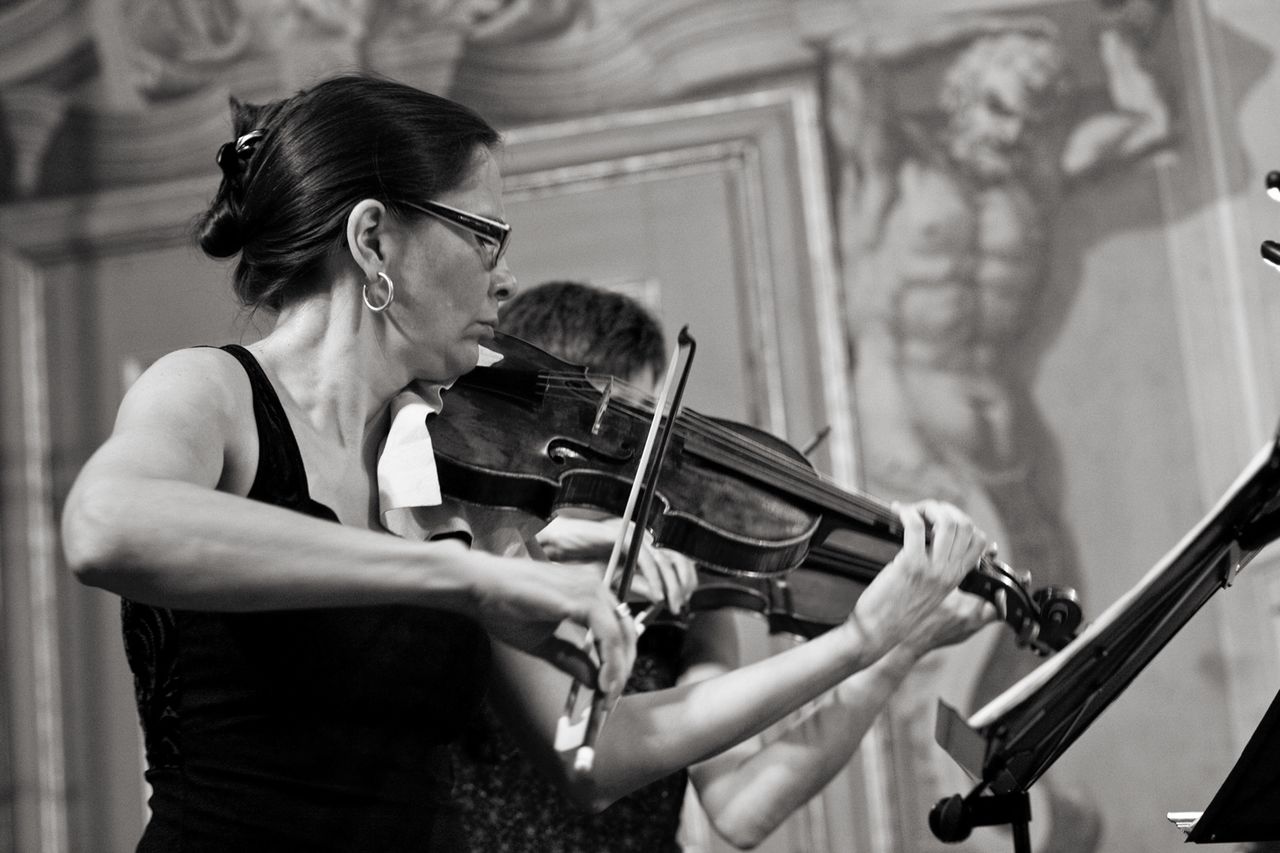 Accentus Austria performing 17th-century music at the Seviqc in 2013. The venue, Slovenska Bistrica Castle, was established by the Habsburgs in the 14th century but was later rebuilt. At the end of the 17th century, Franz Ignaty Flurer painted the Baroque illusionist frescoes.
Accentus Austria performing 17th-century music at the Seviqc in 2013. The venue, Slovenska Bistrica Castle, was established by the Habsburgs in the 14th century but was later rebuilt. At the end of the 17th century, Franz Ignaty Flurer painted the Baroque illusionist frescoes.
The 2015 programme featured a diverse lineup, including musica cubicularis (SI), XVIII-21, Le Baroque Nomade (FR), and ensembles like Camerata Bachiensis (DE), Faenza (FR), and Académie baroque européenne d’Ambronay (FR).
The festival offers substantial ticket discounts to students, low-income individuals, families, and members of various Slovene societies and associations. Additionally, all events held in churches have free admission. Each concert is complemented by exquisite wine tastings and occasional special events.
International cooperation
Since its inception in 1982, the Seviqc programme has incorporated international cultural elements. Until 2008, the festival partnered with a different European country each year. Collaborations included Great Britain (2000), the Netherlands (2001 and 2004), the Czech Republic (2002), the European Union (2003), France (2005 and 2008), Italy (2006), and Spain (2007). The festival maintains ongoing collaborations with various European countries and their embassies.
A member of REMA (Réseau Européen de Musique Ancienne) since 2003, Seviqc facilitates the exchange of festival recordings with Radio Slovenia through the European Broadcasting Union (EBU).
The festival's producer, Ars Ramovš, has been involved in numerous European partnerships and projects, including the Student Festival and Evromreža (1998-2004), Debut Junger Sänger (2003-2004), ZABAF (2004-2006), a co-production with the Festival Toscano di Musica Antica (2006-2008), the PurPur project (2011-2014), and the eeemerging project (2014-2018).
See also
External links
- Seviqc website
- REMA (Réseau Européen de Musique Ancienne/European Early Music Network) website
- FestivalFinder.eu
- The Seviqc channel on YouTube



